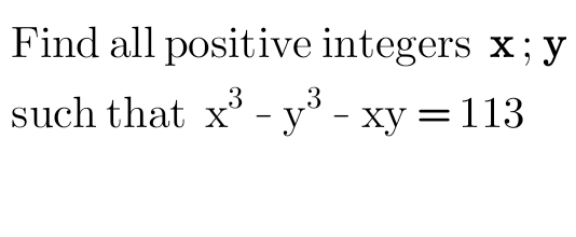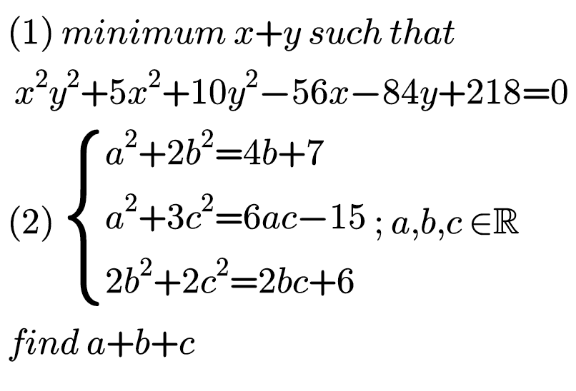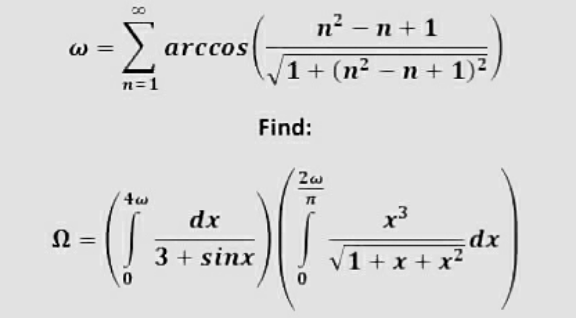
AllQuestion and Answers: Page 608
Question Number 158615 Answers: 0 Comments: 0

Question Number 158543 Answers: 1 Comments: 4

Question Number 158537 Answers: 0 Comments: 1
Question Number 158535 Answers: 0 Comments: 0

Question Number 158534 Answers: 0 Comments: 0
Question Number 158524 Answers: 0 Comments: 0
Question Number 158523 Answers: 1 Comments: 0
Question Number 158522 Answers: 1 Comments: 0
Question Number 158517 Answers: 0 Comments: 0
Question Number 158715 Answers: 0 Comments: 0

Question Number 158531 Answers: 1 Comments: 0
Question Number 158506 Answers: 0 Comments: 0

Question Number 158508 Answers: 0 Comments: 0
Question Number 158503 Answers: 0 Comments: 5

Question Number 158590 Answers: 1 Comments: 0
Question Number 158494 Answers: 0 Comments: 0

Question Number 158492 Answers: 1 Comments: 0
$$\:\int\:\frac{\mathrm{dx}}{\mathrm{1}+\mathrm{x}^{\mathrm{7}} }\:? \\ $$
Question Number 158489 Answers: 0 Comments: 0
Question Number 158483 Answers: 0 Comments: 0

Question Number 158482 Answers: 0 Comments: 0

Question Number 158519 Answers: 0 Comments: 0

Question Number 158477 Answers: 2 Comments: 0
Question Number 158529 Answers: 1 Comments: 0
Question Number 158528 Answers: 0 Comments: 0
Question Number 158472 Answers: 1 Comments: 1

Question Number 158469 Answers: 2 Comments: 0
Pg 603 Pg 604 Pg 605 Pg 606 Pg 607 Pg 608 Pg 609 Pg 610 Pg 611 Pg 612
